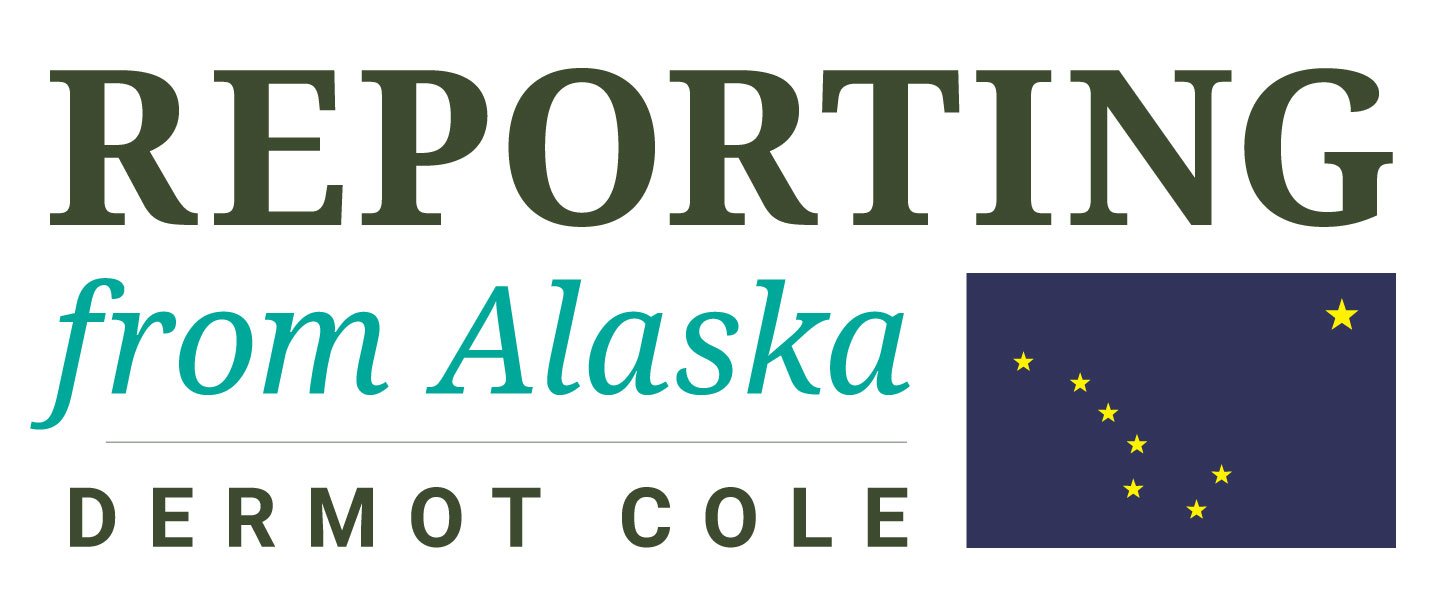Legislators need to face reality, raise taxes to preserve state services
The challenge of finding ways to pay for an increase in education funding is not the impossible dream that Republicans in Juneau claim.
Compromises to establish a reasonable dividend and raise taxes would put the state on a stable footing, ending the era when a governor can introduce a budget with a $1.5 billion deficit and abandon his responsibilities, idiotically proclaiming the arrival of a Golden Age for Alaska.
Alaska has no state income tax, no state sales tax, relatively low property taxes, the lowest fuel tax in the United States, low taxes on mining, oil taxes that should be increased and a program to pay people who live here.
State finances can be stabilized with a series of small steps, though the task is more difficult than it should be because of the AWOL governor, fighting to get into Trump’s orbit Outside.
“I hear 99 things people want to spend money on, but I’m a little shocked I haven’t seen any new revenue bills or tax bills come out of the majority, or anything like that, yet,” Republican Rep. Will Stapp complained in one committee meeting early this session. He was referring to the plan to increase education spending to lower class sizes and better position Alaska to recruit and retain teachers.
"I can tell you right now, I don't see any way that the Legislature, under our current fiscal regime, has any way to meet these obligations if this bill were to pass," Stapp said at another meeting. "What type of revenue measures are you going to propose . . . or what type of cuts are going to be proposed?"
"I'm interested to hear what the majority's proposals are to be able to fund the bill, but I will absolutely bite," Stapp said of an education increase.
He moved to advance the bill and the committee agreed. It is pending action by the full House.
Stapp has introduced a constitutional amendment to limit state spending, based on a complicated formula that I doubt will work. He has not introduced revenue measures.
“What is your plan to back and pay for education? Where are your tax increases and dividend decrease plans? The school closures and class size increases are partly the fault of legislators and the governor offering no coherent strategy,” I wrote him on February 20.
“You OK with cutting oil tax credits and applying the oil income tax to Hilcorp?”
He replied by saying if the choice is between a new state sales or income tax and the Permanent Fund Dividend, he would support eliminating the PFD before imposing broad-based taxes. Regarding oil taxes, he said he would support a gross tax, not a net tax with its “complex system of deductions and loopholes.”
He said he is in favor of a smaller education increase than that proposed by the House majority. Stapp is more reasonable and practical than the typical Republican legislator.
While I don’t agree with his positions, they are better than the fiscal fantasy from Dunleavy. He is right about the endless games created by the net tax on oil companies in Alaska and the comparative simplicity of a gross tax.
But the choice is not between cutting the PFD and paying for education. There are many ways to fix the system.
Here are possible solutions:
Apply the oil company corporate income tax to Hilcorp, which other companies pay. Failing to fix this loophole has probably cost the state nearly $1 billion since Hilcorp bought BP’s major Alaska operations.
Cut the oil company tax credits at least in half.
Raise mining taxes that haven’t been increased since the 1950s.
Cap the dividend, say at $1,000.
Bring back a graduated state income tax.
Remove $300 million or so from AIDEA and increase the annual dividend the corporation is required to pay the general fund to pay for state government.
Your contributions help support independent analysis and political commentary by Alaska reporter and author Dermot Cole. Thank you for reading and for your support. Either click here to use PayPal or send checks to: Dermot Cole, Box 10673, Fairbanks, AK 99710-0673
